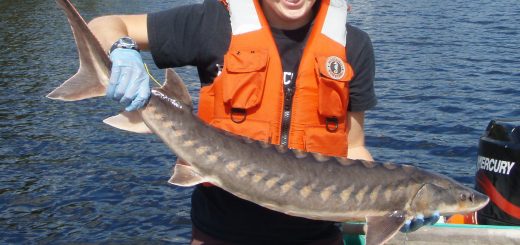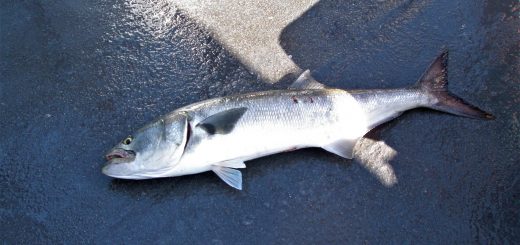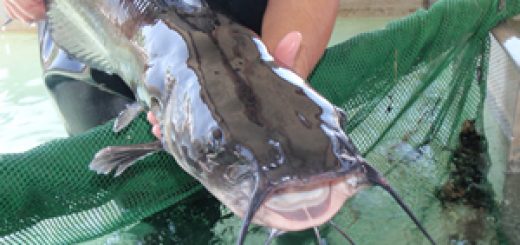Context is important for fish habitat selection
Fish use different habitats based on habitat characteristics, such as vegetation type or bottom composition. Ecologists have long believed that these habitat characteristics determine the makeup of a fish community. Therefore, our idea of the value of a habitat for fish has been based on various habitat characteristics. However, ecologists have been exploring the idea that context could play an important role in fish communities as well. Context may be physical, ecological, spatial, or temporal. Each one of these contexts may be important in determining the species present in a fish community. A context may be thought of as the largest of a series of Russian nesting dolls, with the smaller dolls helping to make up the context. For example, climate could be an ecological context in fish research. Therefore, local habitat characteristics and contexts interact on some level to help determine fish location, species makeup, and how changes may impact the local community. Of particular importance are juvenile fish, whose survival or lack thereof can have dramatic impacts on the local abundance of a species.
Michael Bradley from James Cook University in Australia wanted to understand the relationship between ecological context (marine or estuary) and habitat characteristics (bottom composition and vegetation type) in determining use by juvenile fish. Specifically, this research sought to understand the effect ecological context has on juvenile fish species composition with the same habitat characteristics. The study was conducted between 2012 and 2015 off the coast of north-east Australia (Figure 1).
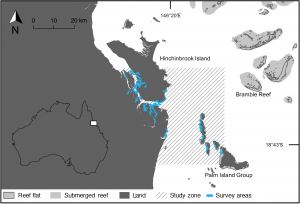
Figure 1. Figure showing the study site’s location within Australia. In addition, reef flat, submerged reef, land, study zone, and the study areas are shown. Credit: figure from Bradley et al. 2019
To detect juvenile fish, the researchers set up video cameras (Figure 2). Overall, 1315 surveys were conducted using these cameras in the areas described in Figure 1. A survey consisted of 15 minutes of uninterrupted video. Species of each juvenile fish were identified in each survey (*Embed video?*). In this way researchers determined the composition of juvenile fish communities for the particular habitat characteristics and ecological context of the survey area (Figure 3). The data retrieved from these surveys was then used to determine how the habitat characteristics and ecological context influenced use by juvenile fish.
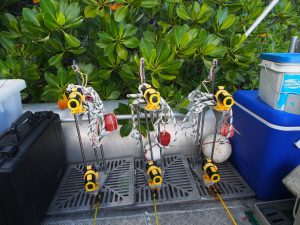
Figure 2. Survey camera setups ready to be deployed. Credit: Michael Bradley
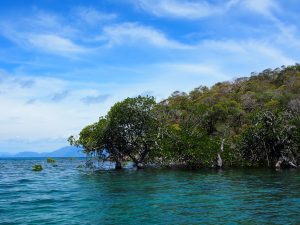
Figure 3. An example of mangrove habitat. Credit: Michael Bradley
The researchers found that ecological context, and not habitat characteristics, was more important in determining the makeup of a fish community. Juveniles were observed in structurally complex habitat rather than open bottom. However, in areas where juvenile fish were observed more often, analysis of the fish community data revealed that ecological context had the greater impact. Marine and estuarine mangrove habitats were composed of different species. The same pattern was observed for rocky reef and submerged vegetation habitat types. This suggests that estuarine and marine environments with the same habitat serve as distinct nursery types for juvenile fish, despite having the same habitat characteristics.
This study provides a foundation for context taking precedence over local habitat characteristics in determining what the species makeup of a fish community is. When considering management of these fish, not only habitat type but ecological context should be taken into consideration to adequately account for the distinct communities found with different contexts. Furthermore, this means that even though the same habitats may be found in marine and estuary areas, they should be treated differently, because the fish that use them is determined by the ecological context of the habitat. Many times, fisheries biologists and managers take a certain habitat type for what it is. This research describes how different these same habitat types may be, and shows that context should be understood before habitat types are assumed to host the same fish communities.
Reference
Bradley, M., R. Baker, I. Nagelkerken, and M. Sheaves. 2019. Context is more important than habitat type in determining use by juvenile fish. Landscape Ecology 34:427–442.

